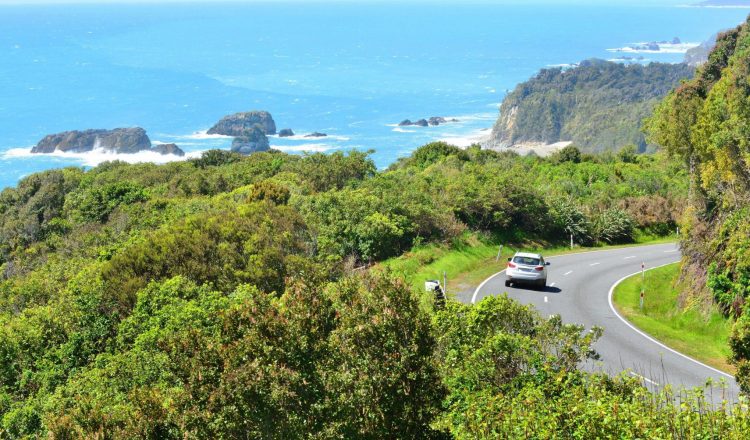道路使用料
ニュージーランドの道路を利用する人は、その維持費を負担しています。ほとんどの道路利用者は、燃料の価格に含まれる税金を支払っています。また、小型ディーゼル車やディーゼルエンジンを搭載したトラックなどの大型車のドライバーは、道路使用料(RUC)を支払っています。
道路使用料から徴収された収益は、国土交通基金(NLTF)に充てられます。NLTFは、道路の改良やメンテナンス、公共交通機関、交通安全、歩行・自転車のための資金を提供しています。
誰が道路使用料を支払うのですか?
あなたの車が以下の場合、道路使用料を支払わなければなりません。
- メーカーの総重量が3.5トンを超える場合
- ディーゼルやその他の源泉徴収されていない燃料を使用している場合
源泉徴収されている燃料とは:
- ガソリン
- 圧縮天然ガス(CNG)
- 液化石油ガス(LPG)
料金の支払い方法
道路使用料を支払うためには、車両のRUC重量とRUC車両タイプに基づいてRUCライセンスを購入します。
- ほとんどのディーゼル車、自動車、バンには距離ライセンスが必要で、1000km単位(または1000の倍数)で購入します。以前のライセンスでカバーしていた距離をすべて走行する前に、新しいライセンスを購入する必要があります。
RUCの永久重量よりも重い荷物を運ぶことができる許可証をお持ちの場合は、以下のことが可能です。
- 追加ライセンスの申請、または
- 牽引車をH型車両に変更する。
ディーゼル車を購入する前に
その車両が現在のRUCライセンスを持っていることを確認してください。最新のRUCライセンスを持たない車両を購入した場合、ライセンスが最新でない場合は、ライセンス外の距離に対して責任を負うことになります。

















































